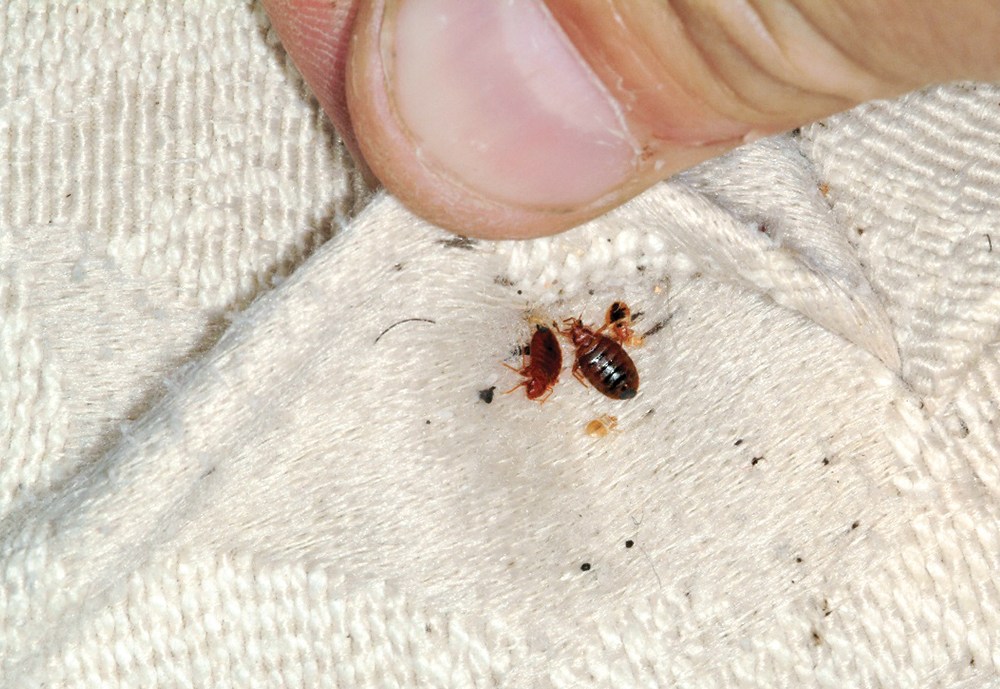A1 Bed Bug Exterminator Houston: Reputable Treatment Solutions
A1 Bed Bug Exterminator Houston: Reputable Treatment Solutions
Blog Article
Recognizing the Lifecycle of Insects for Targeted Control Strategies
Recognizing the lifecycle of bugs is a fundamental aspect of effective pest management strategies. By understanding the numerous phases of growth that bugs go through, a much more targeted and exact method can be embraced to control their populations. This expertise not just loses light on the vulnerabilities within the insect lifecycle however likewise leads the way for carrying out calculated actions that can disrupt their development and recreation cycles. Through a much deeper understanding of how bugs advance and grow, customized control methods can be created to resolve details factors in their lifecycle, ultimately leading to more successful pest monitoring end results.
Importance of Recognizing Bug Lifecycle
Comprehending the lifecycle of insects is vital for developing reliable and targeted control techniques in insect administration. By understanding the different stages a bug goes via from egg to adult, insect control experts can determine susceptible points in the lifecycle where intervention can be most successful.
Moreover, identifying the particular environmental conditions necessary for each and every phase of the parasite's lifecycle can lead choices on environment alteration or exemption techniques to interrupt the lifecycle and decrease pest populations. This knowledge enables pest management professionals to carry out positive actions rather than relying entirely on reactive therapies, bring about more long-term and lasting pest control remedies. Inevitably, a thorough understanding of insect lifecycles equips bug control experts to customize their techniques successfully, taking full advantage of and decreasing ecological influences control end results.
Trick Phases in Bug Growth
To effectively carry out targeted control strategies in insect monitoring, a vital element exists in thoroughly determining and comprehending the crucial phases in bug development. Bug development commonly is composed of a number of key phases that are crucial for their lifecycle and monitoring.

Vulnerabilities in Pest Lifecycle
Throughout the different stages of a pest's lifecycle, distinctive vulnerabilities arise that can be purposefully targeted for efficient control steps (A1 Bed bug Exterminator houston). One crucial vulnerability lies in the egg phase, where pests are typically a lot more vulnerable to specific insecticides or biological control agents due to their soft external covering, making them much easier targets for treatment. Recognizing these vulnerabilities in the pest lifecycle is important for creating effective and accurate control methods that properly handle insect populations while reducing ecological effect.
Executing Targeted Control Measures

Carrying out targeted control measures typically includes a multi-faceted method. This might consist of habitat modification to make the environment much less congenial to bugs, such as eliminating standing water for insect control or sealing entrance factors for rodents. In addition, biological control methods can be used, where all-natural killers or virus are presented to maintain insect populaces in check.
Chemical control, such as the mindful application of pesticides, is one more usual strategy. It is vital to make use of these substances sensibly to lessen ecological influence and potential harm to non-target types - A1 Bed bug exterminator houston LLC. Integrated Insect Administration (IPM) methods that integrate various control procedures in a worked with and sustainable manner are usually one of the most effective in accomplishing long-lasting insect management objectives. By executing targeted control steps based on a complete understanding of bug lifecycles, insect populations can be properly managed while reducing risks to human health and the setting.
Improved Parasite Administration Practices

In addition, the incorporation of biological control agents, such as natural predators or microorganisms of bugs, can aid reduce reliance on chemical pesticides and promote a much more balanced ecological community. Applying physical obstacles and catches can additionally belong to boosted pest administration practices, supplying safe and targeted solutions for pest control. In addition, making use of pheromones and other semiochemicals can disrupt pest mating patterns and interaction, causing reduced parasite populations gradually.
Verdict
By recognizing crucial stages in pest development and vulnerabilities in their lifecycle, targeted control steps can be implemented to minimize parasite populaces. Improved pest administration methods can aid reduce the reliance on broad-spectrum pesticides and advertise even more environmentally friendly and sustainable parasite control approaches.
Understanding the lifecycle of parasites is necessary for establishing reliable and targeted control strategies in bug management. By comprehending the numerous phases a bug goes through from anchor egg to adult, bug control professionals can determine prone factors in the lifecycle where treatment can be most successful. Ultimately, a thorough understanding of insect lifecycles equips insect control professionals to customize their approaches effectively, reducing environmental impacts and taking full advantage of control end results.
By executing targeted control procedures based on a thorough understanding of parasite lifecycles, bug populations can be properly managed while minimizing dangers to human health and the setting.
By determining key phases in pest advancement and vulnerabilities in their lifecycle, targeted control procedures can be executed to decrease insect populaces.
Report this page